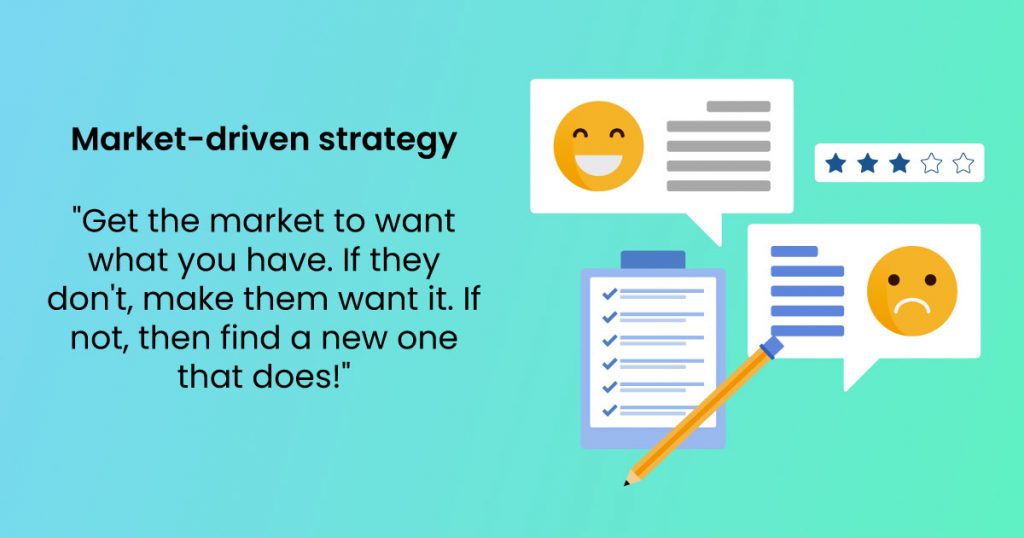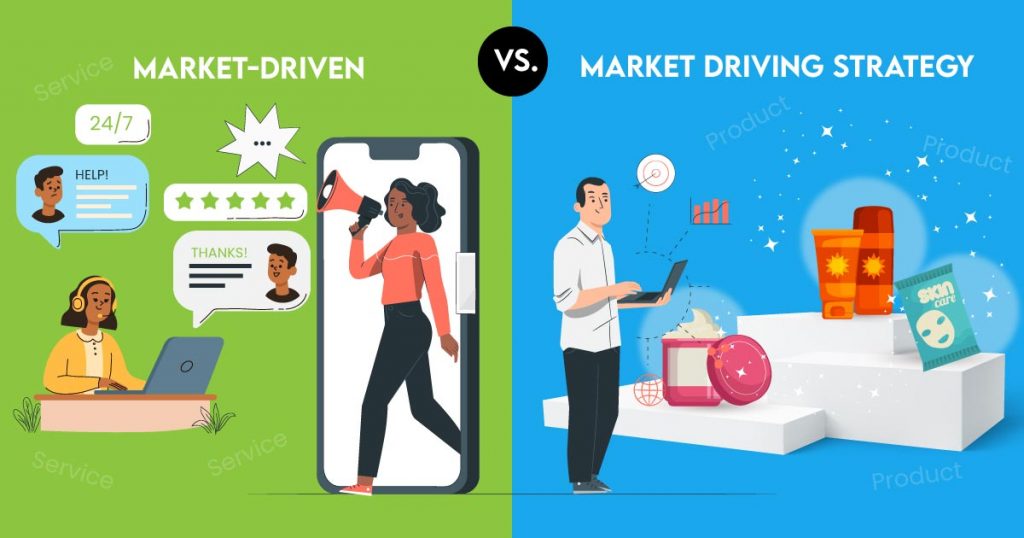Let us tell you a ‘good’ story.
Way back in 1993, Apple Computer (today it is known as Apple, Inc) announced the release of Newton. This was a revolutionary device intended to revolutionize the way people did work. Finally, a mouse and a keyboard could be combined with touch screens. It was the beginning of wearable computers and personal digital assistants. Since Macintosh and Apple II are successful launches, Newton’s concept seems pretty promising.
However, the Newton was released with a lot of bugs and faulty software. As a result, the company spent years and millions of dollars on research and development. They also spent millions of dollars in marketing Newton, but all these efforts were for naught, as the product never took off due to its numerous defects.
Then came April 2007, Computerworld listed Apple Newton as one of the “Worst Product Flops of the Year.”
What went wrong? What did Apple do wrong? Was it the product? Or was it the market (or demand) they were targeting?
It was the latter.
Apple changed the whole industry with Macintosh and Apple II. They left an indelible mark in the history of technology, but Newton failed because they didn’t understand their market well enough. The original objective is to reinvent the way people use computers, which is true. This can be accomplished by launching innovative and industry-changing products. However, doing this without knowing the market well enough can fail.
Unfortunately, Newton did not work because it was more technology-oriented rather than user-focused. Not only that, but its price was also much higher than existing personal digital assistants.
Meanwhile, with the Apple iPod launch in 2001, the company learned from its mistakes. Its straightforward tagline “1,000 songs in your pocket” enticed the market enough to make iPod their first MP3 player. This product revolutionized the digital music market, and it was a success because they knew their market well.
Steve Jobs, the CEO of Apple, made sure that the development efforts would concentrate on solving their targeted market’s real needs, wants, and problems (i.e., users). Before the launch of the iPod, MP3 players were expensive and had a relatively poor user experience. Users couldn’t transfer their content to the device, and it was difficult for them to add new songs.
With Apple’s iTunes software, people can easily purchase and download digital music from the iTunes Music Store on their computers, which can then be transferred to iPod.
This is what we call a market-driven strategy that transformed Apple’s fortunes into $1.3 Trillion today, compared with a market-driving strategy that led Newton to its early demise.
The War Between Market-Driving Vs. Market-Driven Strategy
To picture the main difference between market-driven and market-driving strategy, take a look at this thought:
Market-driving strategy
“Get the market to want what you have. If they don’t, make them want it. If not, then find a new one that does!”

Market-driven strategy
“Get the market to do what you want them to do. Find out the value for your product, and then get it for your customers.”

In other words, the former strategy focuses on identifying the market and then finding a product that readers of your blog will want. It is not to attract the customers because it will end up in complacency. It rather focuses on the customers’ needs and wants and then designs a product that will cater to these needs and wants.
The latter allows you to use your own idea and skills to solve your target audience’s problems. It is all about creativity and innovation, which should be applied whenever the market changes. The market-driven strategy does not depend too much on the market, so it is more flexible than market-driven strategies.
The former approach is much easier to learn and execute, but it can take a long time to find a product that people will want. For example, in the early 2000s, people were not interested in MP3 players or digital cameras. That was until Apple came out with iPod.
On the other hand, a market-driving strategy works perfectly if the market is big enough to include enough potential customers to produce radical innovation. Companies who use this site deliver a leap of crucial customer value with their unique business system.
The best example here is IKEA, a furniture manufacturer that focuses on innovative design and low prices. As a pioneer in the furniture market, IKEA saw the chance to change the market’s demand and provide what it is lacking. IKEA discovered that the critical factor that drives the business is not the furniture itself but rather the way it is designed.
In addition, they found out that providing customers with a seamless experience from start to finish with their products makes them want to buy more and appreciate their quality.
Hence, the company adds value to customers by designing and building furniture that is fun, intuitive, and easy to use. They also ensure ease of transportation by taking out unnecessary parts (like wheels) to make the product easier to transport. They also provide excellent service after purchase through their “assembly services.”
Although this strategy involves using resources efficiently, it also ensures that the innovation process is consistent and reliable, which allows companies to keep their pace.
Can Companies Use Both of These Strategies?
The answer is yes, but it will not be easy. The main challenge is to balance the two strategies. A company should have a solid understanding of the market to identify the features customers want and the problems they face. So, you have a direction for your product’s innovation, but then you should apply creativity to give them something worth having.
Innovative products and services are always about people’s creativity and engineering – as these two elements are complementary in this discipline. However, you should focus on the key aspects more than just a combination of existing products. You want to transform the market, not just disrupt it.
We Know How to Pivot Your SEO Game
The real deal is learning how to quickly shift from one strategy to another. If you cannot do that, the differences between market-driving and market-driven strategies will get blurred. The market will be confused if you keep using only one strategy for the entire time, which is why changing systems at appropriate moments will be necessary.
If you need to, you can always give up on your idea and start a new one (This is similar to the strategy of Apple). This will require more resources and time, but it is the only way to stay ahead of the competition by providing new value.
As an SEO marketing company, we understand the importance of identifying the right strategy for your online business. If you need help, feel free to contact us.
Get in Touch
Do you find this article helpful? For more information or questions, click the button to send us a message.
If you have any comments or suggestions, feel free to share them with us, too!

